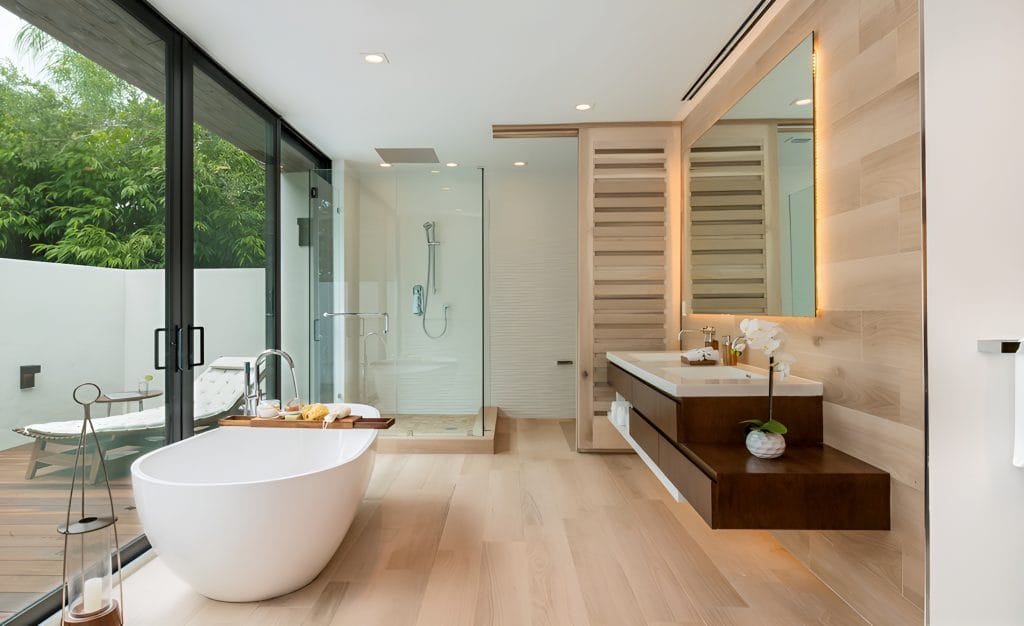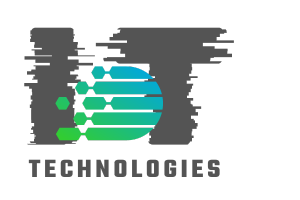
Water-saving toilet innovations in 2025: Pioneering Eco-Friendly Bathroom Solutions
Share
In 2025, the world of bathroom technology is poised for a significant transformation as water-saving toilet innovations take center stage. As the global community continues to grapple with pressing environmental challenges, the spotlight is increasingly turning towards innovations that promise to enhance sustainability and efficiency. Water conservation, particularly in our daily lives, is now more crucial than ever, and the bathroom is one of the primary areas where impactful changes are being made.
The advent of water-saving toilet innovations in 2025 marks a pivotal moment in eco-friendly technology. These advancements are not just about reducing water usage; they are about redefining how we perceive and interact with one of our most essential home fixtures. For tech professionals and enthusiasts, this is an exciting development that speaks to the intersection of technology, design, and sustainability.

The Evolution of Water-Saving Toilets
The journey of water-saving toilets has been marked by significant milestones, each contributing to a more sustainable future. Initially, low-flow toilets were introduced as a simple means to conserve water. However, these early models often faced criticism for being prone to clogs and inefficiency. As technology advanced, so did the sophistication of these fixtures. Today, the innovations in flush systems have made them more reliable and efficient.
One of the most talked-about innovations in 2025 is the dual-flush system, which allows users to choose between a half-flush and a full-flush, depending on their needs. This simple yet effective mechanism can significantly reduce water usage, addressing one of the main concerns associated with traditional toilets. For more on this, you can check out how a dual flush toilet works.
Smart Technology Meets Sustainability
In 2025, the integration of smart technology into bathroom fixtures is taking water-saving to a new level. Smart toilets equipped with sensors can detect when a user has finished their business and adjust the flush accordingly. These toilets can be connected to smart home systems, providing data on water usage and offering suggestions on how to conserve more.
Moreover, some models are now equipped with AI technology, learning users' habits to optimize water usage further. The potential for these smart toilets is immense, not just in conserving water but also in enhancing user experience and convenience. This technological integration is part of a broader trend towards smart homes, where efficiency and sustainability are paramount. You can explore how smart technology is redefining bathroom experiences on the Wagner Mechanical blog.
Innovative Materials and Designs
Beyond technology, the materials and designs used in modern toilets are playing a crucial role in water conservation. New materials that reduce friction and improve waste removal efficiency mean that less water is needed per flush. Additionally, the design of the toilet bowl itself has evolved, with manufacturers focusing on optimizing the shape for better water flow and reduced waste sticking.
Manufacturers are also exploring the use of recycled materials in toilet construction, further enhancing the sustainability quotient of these fixtures. These innovations in design and materials are making it possible for consumers to enjoy high-performance toilets without compromising on environmental responsibility. For those interested in the latest trends, the Sanitary Supply Association offers insights into how these designs are impacting water conservation efforts.
Challenges and Opportunities
Despite the promising developments in water-saving technologies, challenges remain. The cost of installing new systems can be prohibitive for some, and there is the ongoing issue of compatibility with existing plumbing. However, these challenges also present opportunities for innovation in retrofitting solutions and cost-effective installation methods.
For tech professionals, these challenges are a call to action to develop solutions that can make water-saving toilets accessible to a broader audience. The potential for reducing our water footprint is immense, and the innovations in this space are just beginning to scratch the surface. For those interested in the practical aspects of these installations, you might find the Woodlands Water resource helpful.
Looking Forward
As we look to the future, the role of water-saving toilet innovations is set to become even more critical. With the global population continuing to grow, the demand for sustainable solutions will only increase. The innovations of 2025 are setting the stage for a future where water conservation is seamlessly integrated into our daily lives.
For tech enthusiasts and professionals, this is an exciting time to be involved in the field. The innovations in toilet technology are a testament to the power of human ingenuity and the potential for technology to drive meaningful change. As we move forward, the challenge will be to continue pushing the boundaries of what is possible, ensuring that sustainability remains at the forefront of our technological advancements.

FAQ Section
What are the main benefits of water-saving toilets?
Water-saving toilets reduce water usage, leading to lower utility bills and a reduced environmental impact. They are designed to be more efficient in terms of water management without sacrificing performance.
Are water-saving toilets difficult to install?
While some models may require professional installation due to their complexity or the need for plumbing modifications, many water-saving toilets are designed for easy, DIY-friendly installation.
How do smart toilets contribute to water conservation?
Smart toilets use sensors and AI technology to optimize water usage based on user behavior. They can adjust flush volumes and provide data insights to help users reduce their water footprint.
This article contains affiliate links. We may earn a commission at no extra cost to you.
